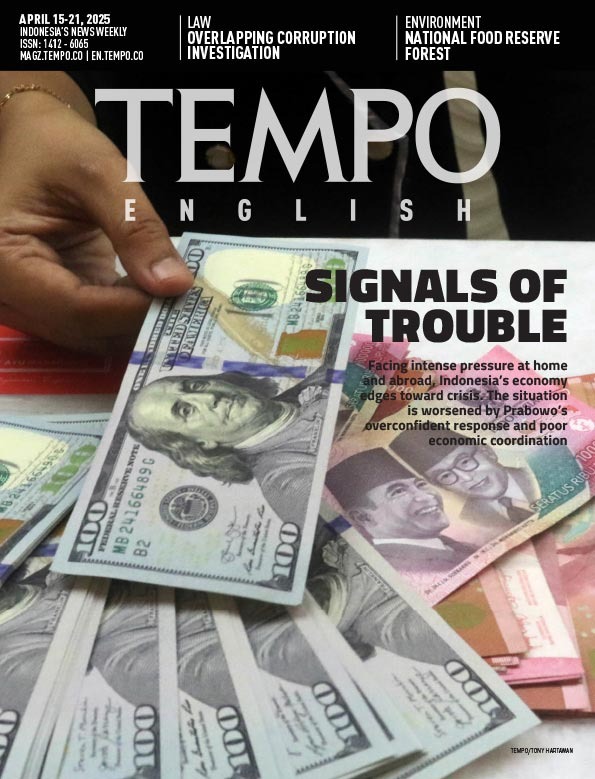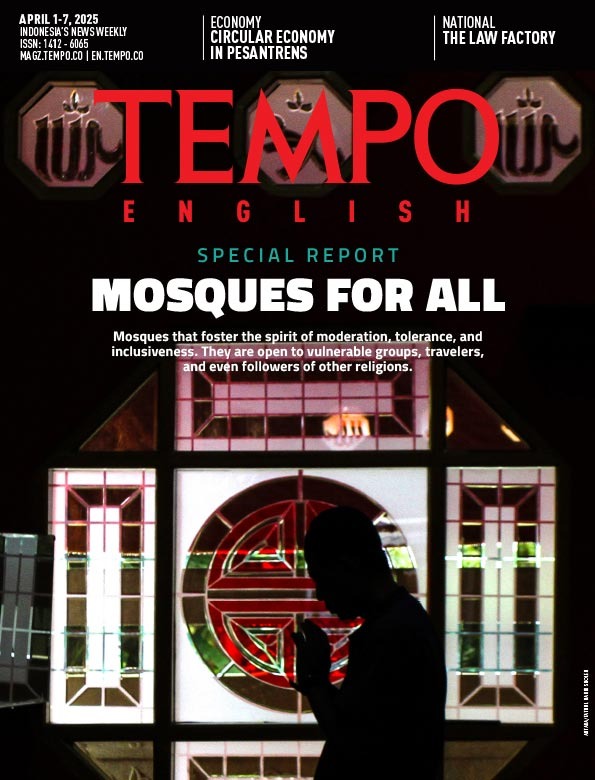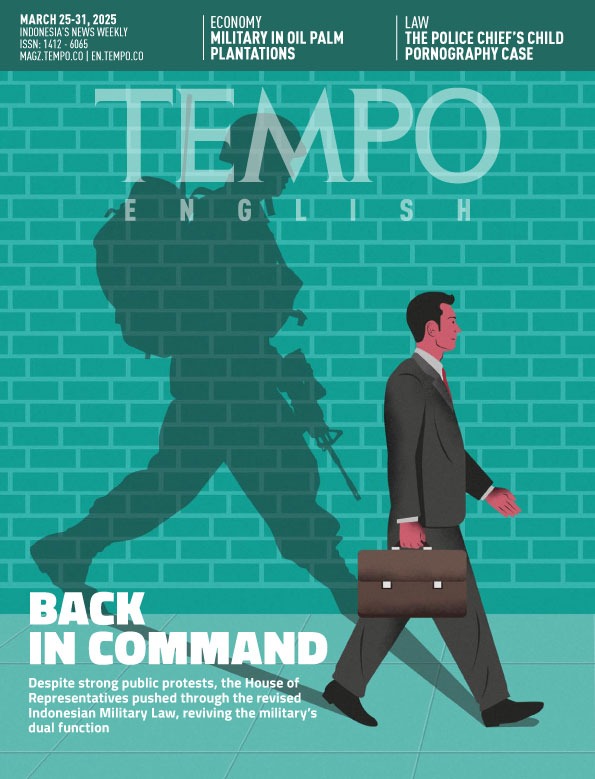Banyuwangi: The Osing, The Gandrung and Rujak Soto
Tuesday, March 8, 2016
I must have rushed through the port of Banyuwangi a hundred times over the past 45 years. The first time was in 1971 when I waded through surf to board a rusty LCU from World War II to cross the Bali Strait to Gilimanuk, at the time just a one-ferry port. The old amphibious landing craft lurched to a stop on the sandy beach beside the single pier. In the shadows, a bemo (three-wheeled motorized vehicle) driver waved and I climbed in for the lonely, all-night drive to Denpasar.
Sometimes I'd stay a few days to take note of how this underrated, curious city has grown and changed over the years. Depending on your perspective, Banyuwangi sits either at the beginning or the end of Java, it is the most easterly major town and the last stop on the railway network that meanders across the island. The administrative capital of Banyuwangi regency, it has a population of around 110,000.
arsip tempo : 174465466586.

I must have rushed through the port of Banyuwangi a hundred times over the past 45 years. The first time was in 1971 when I waded through surf to board a rusty LCU from World War II to cross the Bali Strait to Gilimanuk, at the time just a one-ferry port. The old amphibious landing craft lurched to a stop on the sandy beach beside the single pier. In the shadows, a bemo (three-wheeled motorized vehicle) driver waved and I climbed in for the lonel
...
Subscribe to continue reading.
We craft news with stories.
 For the benefits of subscribing to Digital Tempo, See More
For the benefits of subscribing to Digital Tempo, See More








